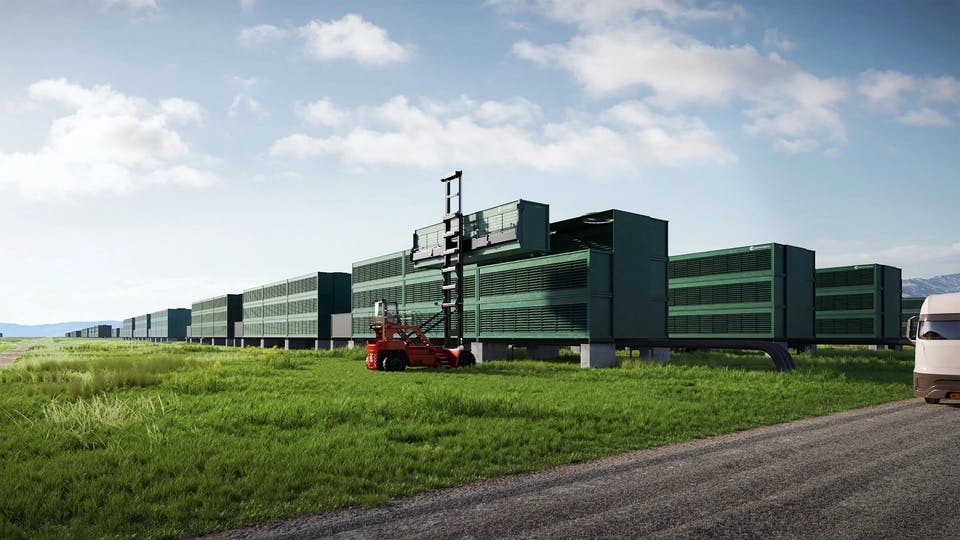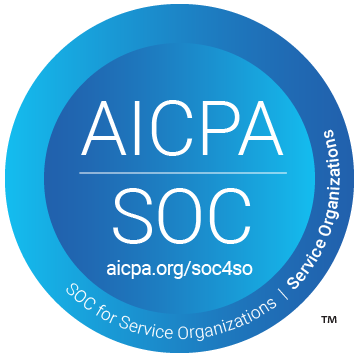Putting climate on every business receipt
When it comes to the environment, the stuff we buy matters
Like most human activity, running a business comes with environmental costs. The goods and services we purchase — from web hosting and software to shipping and corporate travel — require resources from the planet to produce. For example, cloud software runs on servers, which are often still powered by burning fossil fuels. These “indirect” or Scope 3 emissions typically account for the largest share of organizations' total emissions (by far), representing one of the most significant emissions reduction opportunities. The emissions from tech and professional service companies — that is, companies that don't manufacture physical goods or manage big vehicle fleets or facilities — are almost entirely Scope 3.
Track your spending to understand your climate impact
Climate action starts with knowing your baseline emissions. The problem is, measuring Scope 3 emissions requires expensive resources, data, and expertise . Businesses should feel empowered to engage with climate, without bringing on a team of experts.
Bend makes monitoring your climate impact easy. For each of your transactions, from a $10 rideshare to a $50,000 invoice, Bend provides a real time carbon emissions estimate, in metric tons of CO2e .
How it works
We do this by pairing purchase data from your supplier list / accounting software / corporate credit card with relevant climate data, applied to every one of your thousands of transactions. We use the highest-accuracy merchant, category, and product-level data available, and always return a confidence score for each CO2e estimate. Our calculation methodology is aligned with the GHG Protocol Scope 3 Standard .
The formula looks like this:
We take one of three approaches to determine the relevant emissions factor:
We start with merchant-level data. If you purchased from Starbucks, we'll use Starbucks' most recent emissions data as the emissions factor. If you purchased from Salesforce, we'll use Salesforce's most recent emissions data as the emissions factor, and so on. This data is publicly available, and coverage has reached a tipping point: companies representing over 64% of global market capitilization now disclose their emissions, and this coverage is growing, spurred on by (amongst other things) upcoming SEC regulations, and building momentum throughout value chains.
In certain cases where we have itemized information, including when you purchase an airplane ticket or buy something on Amazon Business, we go a level deeper. With flights, we automatically pull in the seat class and route, and do an activity-based calculation. With Amazon, we use the United Nations Standard Products and Services Codes (UNSPSC) for each item in your order. Similar to the category-level approach, we match the UNSPSC against 100K+ items in our emissions factor database. This approach offers the most high-resolution reporting possible.
Finally, in the absence of merchant-level and product-level data, we'll use category-level data. We do this by matching the transaction's Merchant Category Code (MCC) against the thousands of categories in our emissions factors database . For example, if you purchase dinner for a team outing at a local restaurant, we'll likely use the MCC “restaurants” — unlike Starbucks and Salesforce, most small businesses do not (yet!) share data about their emissions, so in these cases we rely on these category fallbacks.
While the formula is simple for any given transaction, the scale of calculating for the 100s and 1000s of purchases your business makes every month, quarter, and year is a big undertaking. By automating this process, Bend makes tracking emissions more efficient and less expensive.
How you can use climate impact data
Armed with this data, businesses can incrementally reduce their emissions by identifying hotspots, and prioritizing the most cost-effective emissions reductions. For example, you could switch to less carbon-intensive suppliers, or update your T&E policies, or optimize your hosting stack. In many cases you'll uncover carbon savings opportunities that are also cost savings opportunities — claiming IRA tax credits, cutting out unecessary travel, etc. — win win!

The role for carbon removal
When it comes to decarbonization, it's important to start with reducing emissions. At the same time, key business activities, like air travel, shipping, and cloud hosting, lack good zero carbon alternatives, and few businesses are prepared to do without.
This brings us to carbon removal. Analysis by the IPCC suggests that deployment of carbon removal is critical to achieve global emissions reduction targets and avoid the worst effects of climate change. But unfortunately most “offsets” on the market today are of unreliable quality. The most scientifically rigorous carbon removal projects do have the intedned effect, but there is limited supply, and they cost 10x more than the industry average. This is where you can help: creating market signal for the most rock-solid, scalable carbon removal projects will help bring these new technologies down the cost curve, similar to the progress made in solar and battery technology over the past decade.
If you're intereted in offsetting your emissions, Bend tracks a portfolio of carbon removal projects vetted by Frontier Climate and Microsoft, and their panel of scientists. You can use your credits to help meet your company's emissions goals, and address those hard-to-reduce emissions. You can set up the purchase of credits automatically or on a bespoke basis to meet your chosen targets.

Join the movement
You can help put the planet back in balance — and in doing so, benefit not only your business, but also your community and future generations.
